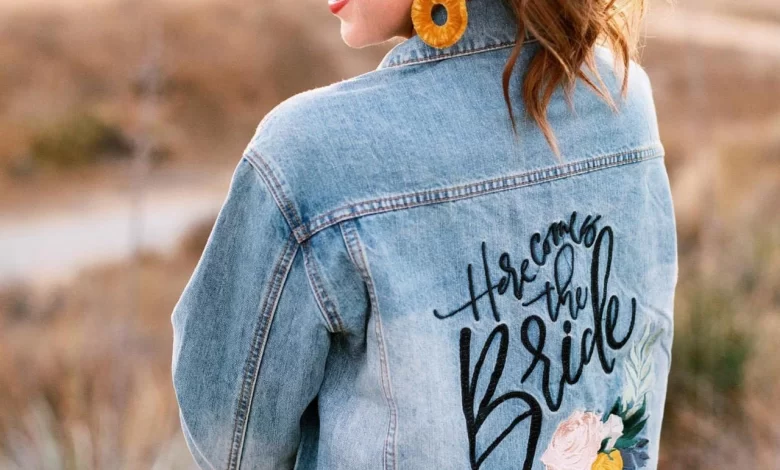Embroidery is the art of embellishing cloth with a needle and thread. It may be used with opulent materials such as pearls, beads, quills, and sequins to boost the overall appearance of your cloth. Fancy embroidered designs are not commonplace on caps, hats, jacket, blankets, dress shirts, jeans, skirts, stockings, and even handkerchiefs. Many of the most expensive clothing have embroidered patterns. It is pretty simple to learn how to add embroidered designs to your clothing. It is a simple and affordable pastime to start.
THINGS REQUIRED:
This is a simple and affordable procedure. You don’t have to spend a lot of money on sewing supplies. You will need the following items to embroider your coat:
- Your coat
- Ruler
- Embroidery thread or floss; cotton embroidery floss is my preference.
- Embroidery hoop; you may use a variety of embroidery hoops for this project, but a simple wooden or plastic circle will suffice. A 6-inch ring will be ideal for needlework projects.
- Needle. There are many various brands of embroidery needles erenköy escort available, much like hoops. Any needle large enough to thread embroidery thread through will suffice. The ideal approach, however, is to get a set of several sizes of professional embroidery needles.
Hooping and Sustaining
When making your selection, keep in mind that the essential factor is how much an item stretches. Thick coats have little elasticity and so much lining that adding additional layer doesn’t actually assist. If you’re concerned about distortion, a piece of tear away stabilizer behind it should suffice. A cutaway stabilizer is only required when embroidering flexible knit garments. Hooping coats, especially heavy ones, is always a challenge. They are larger than a regular-size clothing. Embroiderers frequently lack a template for the framing board to meet the rear hoop size, and there are few references to determine if the jacket is hooped straight.
Aligning
The purpose of utilizing a hooping device is to help you line things consistently from piece to piece. Jackets can be difficult to align, especially if they don’t have a lot of marks or seams. Start by indicating where you want the design’s center to be if there are no seams or other reference markers. You may always refer to the sleeves and bottom of the garment. Align the hoop clips with the sleeves to assist straighten the design. Then, to confirm straightness, take a measurement from each side of the hoop to the bottom of the jacket.
Pushing things inn
When pushing the inner ring into the hoop, work from one side to the other rather than trying to force the entire hoop in at once. This “heel-to-toe” method aids with leverage and alignment. However, there are several disadvantages to employing this strategy. The first consideration is alignment. There is no visible reference to identify whether the hoop is straight because it is on the inside. Second, the inner of the jacket will stick, causing the outer layer to move. To compensate, I wrap the plastic spring clamps around the outside of the hoop to keep things together.
CONCLUSION:
You may now look forward to the cooler weather and the jacket orders that will follow this season. They may need a bit more effort, but the return is well worth it. You may relax and admire the gorgeous fall foliage as your machine completes those lengthy, profitable jacket back runs.

















